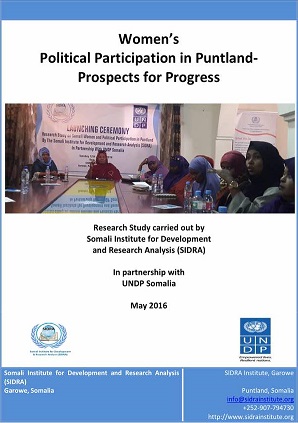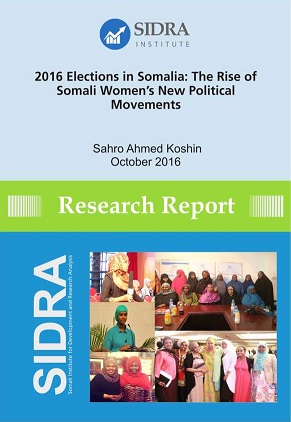The UN Security Council (UNSC) referred to preventing and countering violent extremism (P/CVE) for the first time in Resolution 2178 in September 2014. On February 2015, the US convened a three-day White House summit on CVE that discussed countering ISIS and violent extremism. In 2016, the UN Secretary General presented his action plan on preventing violent extremism to the General Assembly. These international efforts have also been complemented at the regional level with member states of the Intergovernmental Authority on Development (IGAD) seeking to be involved in CVE interventions. IGAD validated its Regional Strategy for Preventing and Countering Violent Extremism in 2017, which aims to provide a roadmap to guide the region in addressing violent extremism in a more collaborative and cooperative manner. Kenya has launched a National Strategy to Counter Violent Extremism and Somalia has developed a National Strategy and Action Plan for Preventing and Countering Violent Extremism. Other countries in the region are also working in their country-specific strategies.
The Somali Institute for Development and Research Analysis (SIDRA) was commissioned to conduct this mapping study on P/CVE in Somalia. The study sought to produce evidence-based research that can be applied at the policy, programming and discourse levels to prevent and counter violent extremism in Somalia. The mapping study was carried out in five towns considered to have been adversely affected by AlShabaab radicalization and violent extremism: Kismayo, Baidoa, Mogadishu, Galkayo and Bossaso.



